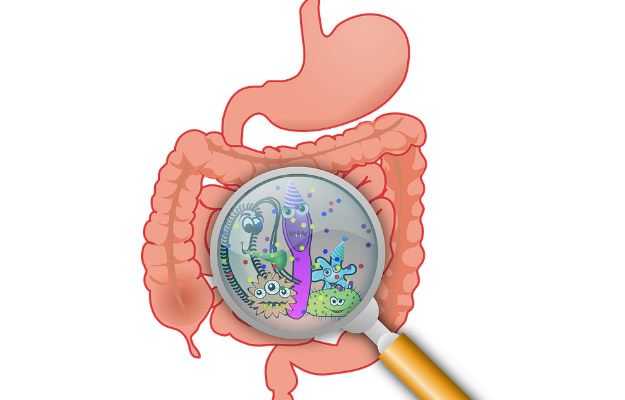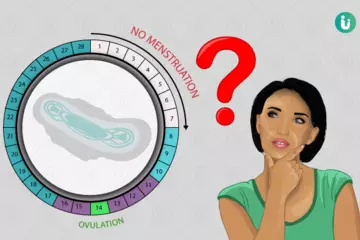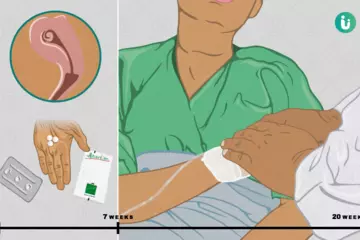What are gastrointestinal stromal tumours?
Gastrointestinal stromal tumours (GISTs) are rare tumours in the cells of the gastrointestinal tract. These are tumours of the connective tissue. They may be malignant (cancerous) or benign (non-cancerous).
What are its main signs and symptoms?
- A tumour mainly manifests as bleeding from the gastrointestinal tract. A person can also develop anaemia because of the bleeding.
- A tumour most commonly begins in the stomach or small intestine.
- It causes severe weight loss along with abdominal pain and cramps.
- There is also difficulty in swallowing along with nausea and frequent vomiting.
- The tumour grows in size, making the person feel like the abdomen is getting heavier. If it spreads, organs like the liver can be affected.
Are you also troubled by obesity and are not able to lose weight even after a lot of efforts, then start using myUpchar Ayurveda Medarodh Weight Control Tablet today and control your weight.
What are the main causes?
- GISTs fall into the category of sarcomas, which means they are a tumour of the connective tissue.
- GIS tumours can be hereditary, and in such cases, they often occur in association with other severe conditions.
- Genetic mutation can also cause GISTs. There is a lot of ongoing research regarding the genetic causes of the GIS tumour.
- Frequently, the cause of this tumour may remain unknown, like many other tumours.
- GISTs are more common in older individuals, and the risk of developing this tumour increases with age.
How is it diagnosed and treated?
To begin with, the doctor will record your medical history and your current signs and symptoms. The steps in the diagnosis include:
- Examination of the mouth, digestive tract and abdomen in general, is extremely vital. If a GIST is suspected, further tests will be needed.
- An endoscopy of the gastrointestinal tract along with an ultrasound of the abdomen is done to know the exact location, position and size of the tumour.
- To arrive at a final diagnosis, a part of the tumour tissue is removed for biopsy.
- Tumour treatment involves surgical removal of the growth through an incision in the abdomen, or through laparoscopy.
- However, very large tumours may be difficult to remove surgically.
- Drugs are also given as part of chemotherapy to shrink the tumour and prevent it from spreading.
- Radiation might be opted for, to treat large tumours that cannot be surgically removed.

 OTC Medicines for Gastrointestinal Stromal Tumors
OTC Medicines for Gastrointestinal Stromal Tumors















